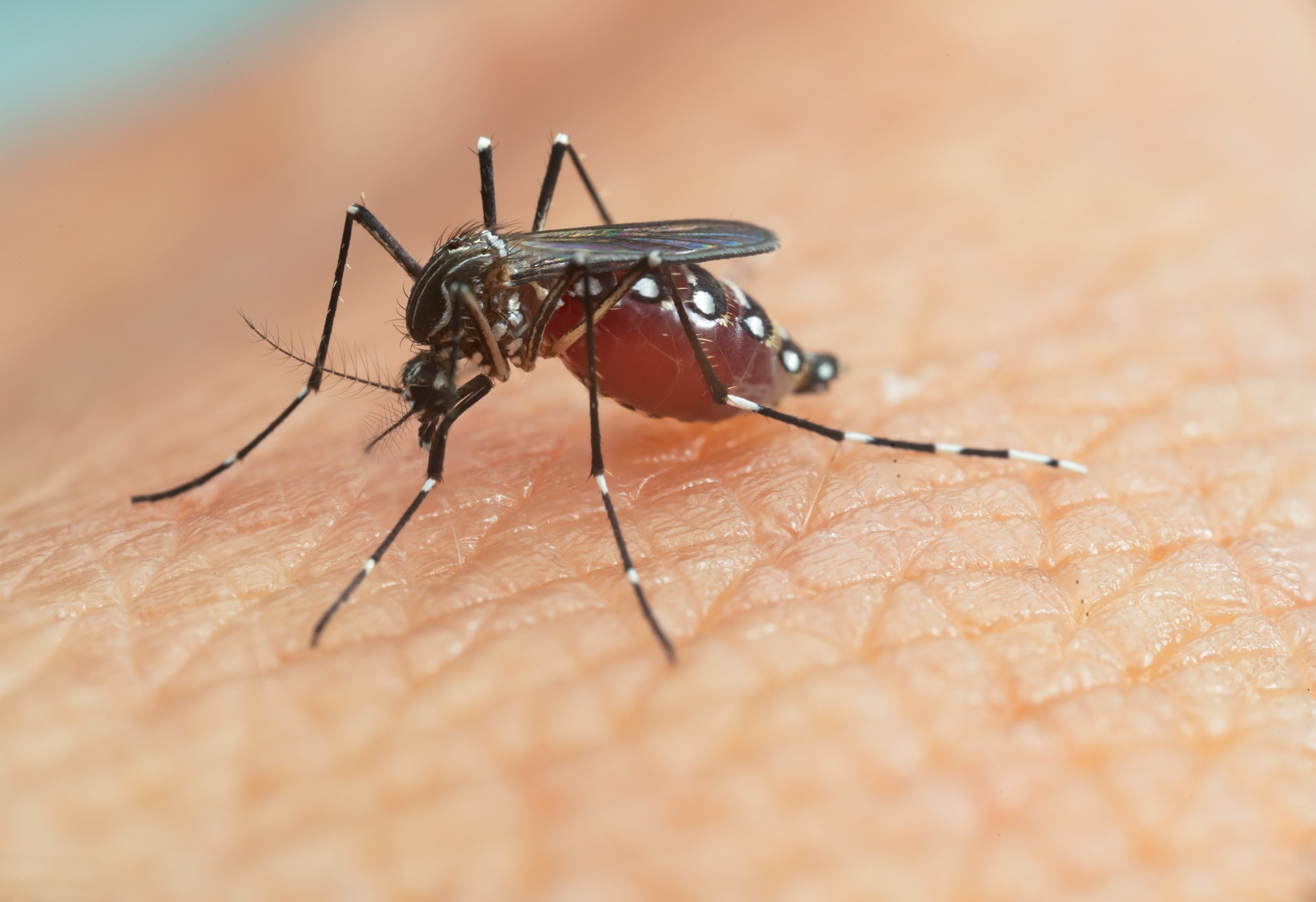Malaria remains one of the world's deadliest infectious diseases, particularly in tropical regions where mosquitoes thrive. Early and accurate diagnosis is essential for effective treatment and reducing transmission. While traditional microscopy has been the gold standard for diagnosing malaria, the introduction of Rapid Diagnostic Tests (RDTs) has revolutionized the field. These tests offer a quicker, simpler, and more accessible method for detecting malaria parasites, especially in areas with limited laboratory infrastructure.
Why Diagnosis of Malaria is Important?
Malaria is a parasitic infection caused by Plasmodium species, primarily transmitted to humans through the bites of infected Anopheles mosquitoes. Symptoms include fever, chills, headache, muscle aches, and fatigue. If untreated, malaria can progress rapidly to more severe conditions, such as anemia, respiratory distress, and cerebral malaria, which can be fatal.
Accurate and timely diagnosis is essential not only for treating the infected individual but also for controlling malaria transmission within communities. In the past, malaria diagnosis relied on microscopic examination of blood smears to detect the presence of parasites. While effective, microscopy is time-consuming and requires trained personnel and specialized equipment, which may not be available in resource-limited settings. Rapid Diagnostic Tests (RDTs) have bridged this gap by providing a simpler, faster, and reliable method to detect malaria parasites.
How Rapid Diagnostic Tests (RDTs) Work?
Rapid Diagnostic Tests (RDTs) for malaria are based on the detection of specific proteins, known as antigens, produced by the Plasmodium parasites. These proteins are released into the bloodstream during infection, and RDTs are designed to recognize these antigens and produce a visible result within minutes.
For malaria RDT test, a small drop of blood is obtained from a finger prick or venous blood draw. The blood sample is placed on a test strip within the RDT kit. A buffer solution is added to facilitate the interaction between the blood and the test strip. Within 15–30 minutes, lines or bands appear on the test strip, indicating whether the test is positive or negative for malaria. A control line ensures the test is functioning correctly.
The test is designed to detect specific Plasmodium antigens, including histidine-rich protein 2 (HRP2) for Plasmodium falciparum or lactate dehydrogenase (pLDH) for other Plasmodium species. In many cases, RDTs can differentiate between Plasmodium falciparum and other less severe species like Plasmodium vivax.
Advances in Malaria RDT Technology
Over the years, significant advances have been made in the development of RDT tests for malaria. These improvements have enhanced the accuracy, sensitivity, and specificity of RDTs, making them a reliable tool for malaria diagnosis, even in areas where malaria transmission is declining.
Some key advances include:
Increased sensitivity: Modern RDTs can detect lower levels of parasitemia (the number of parasites in the blood), allowing for earlier diagnosis and treatment.
Multiplex testing: Some RDTs are now capable of detecting multiple Plasmodium species in a single test, reducing the need for multiple tests.
Improved stability: RDTs have become more temperature-resistant, meaning they can be stored and used in hot, humid climates without compromising accuracy.
Faster results: The time it takes to obtain a result has been shortened, allowing for quicker clinical decision-making in emergency settings.
Malaria RDT Procedure: Step-by-Step
The malaria RDT procedure is straightforward, making it ideal for use in rural or low-resource environments where access to healthcare is limited.
- Preparation: The healthcare worker prepares the test kit, ensuring that all components are sterile and properly handled.
- Blood Collection: Using a lancet, a small drop of blood is taken from the patient, typically via a finger prick. The blood sample is then applied to the designated area on the RDT test strip.
- Buffer Application: A buffer solution is added to the test strip, helping to carry the blood sample across the strip, allowing for antigen detection.
- Waiting Period: The sample interacts with the test strip, which contains antibodies that bind to the malaria antigens if present. This waiting period lasts about 15–30 minutes.
- Result Interpretation: The presence of specific lines on the test strip indicates whether the patient is infected with malaria. A control line must always appear to confirm the test is working properly. If the patient is positive for malaria, additional lines will appear, and the healthcare provider will determine the species of Plasmodium causing the infection.
What are the Benefits of Malaria RDTs?
The widespread use of RDTs has brought numerous benefits to malaria-endemic regions:
- Accessibility: Since RDTs require minimal equipment and expertise, they can be used in remote, rural areas where healthcare facilities are limited.
- Speed: The rapid nature of RDTs allows for immediate diagnosis, which is critical in treating malaria before severe symptoms arise.
- Cost-effectiveness: RDTs are relatively inexpensive compared to microscopy or molecular diagnostics, making them a viable option for low-resource settings.
- Reducing malaria transmission: Quick diagnosis and treatment of malaria cases help to reduce transmission rates within communities.
What are the Limitations of Malaria RDTs?
While RDTs offer numerous advantages, they also have some limitations:
False negatives: In rare cases, patients with low levels of parasites in their blood may not be detected by an RDT. This is more common in individuals with partial immunity to malaria, such as those living in endemic regions.
Antigen variability: Some parasites may lack specific antigens targeted by RDTs, leading to false negatives.
Inability to quantify parasitemia: Unlike microscopy, RDTs cannot measure the number of parasites in the bloodstream, which is useful for tracking disease severity.
Despite these limitations, RDTs remain a powerful tool in diagnosing and controlling malaria, especially in resource-poor areas.
Rapid Diagnostic Tests (RDTs) have revolutionized the fight against malaria, providing a quick, reliable, and accessible method for detecting Plasmodium parasites in patients. The simplicity of the malaria RDT test procedure allows healthcare providers to diagnose malaria in remote areas, making timely treatment possible and reducing transmission rates. With continued advancements in RDT technology, the ability to diagnose malaria early and accurately is improving, bringing the world one step closer to eliminating this devastating disease.


